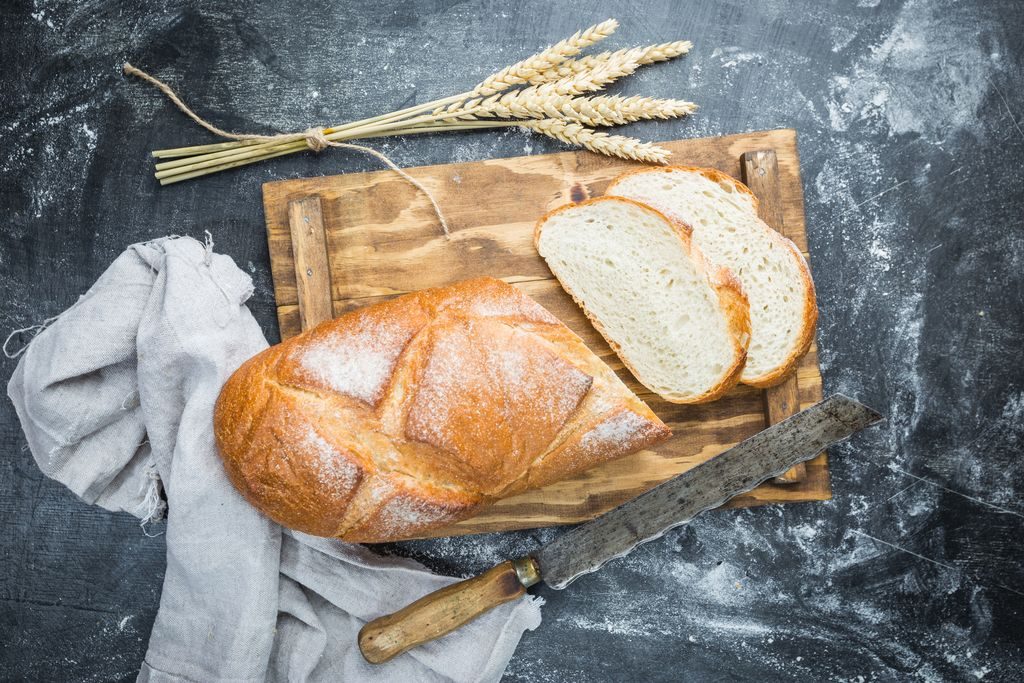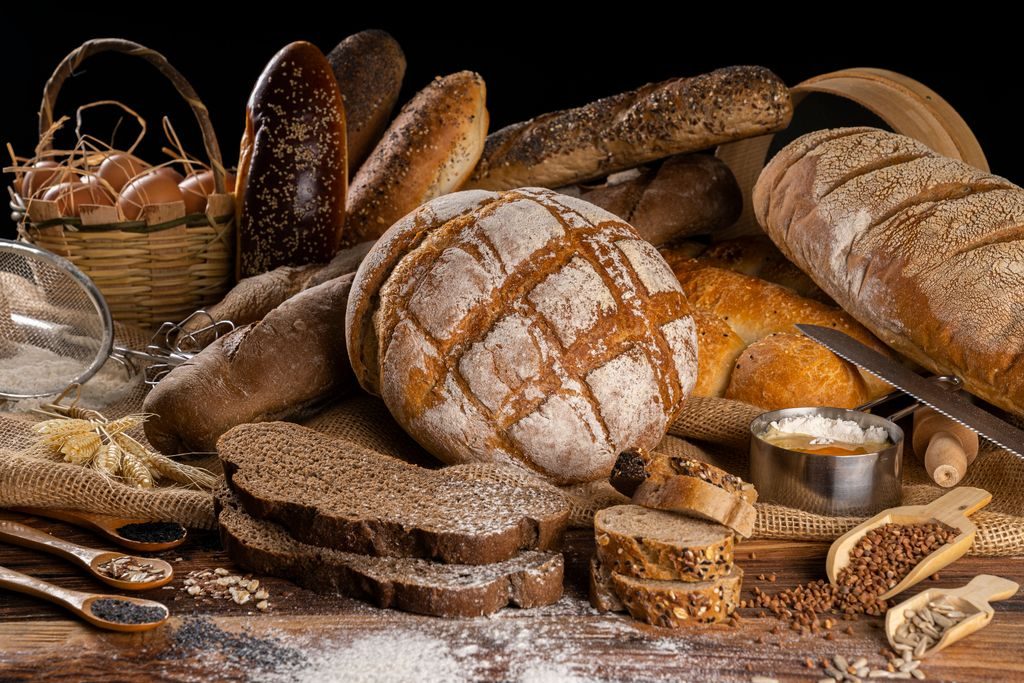Bread
Bread is one of the most consumed foods in the world: alone, to accompany main courses and as an ingredient for various recipes.

Bread is one of the most common food products to find and make at home. It is spread all over the world and each nation has one or more types of typical bread. It is consumed both alone and as a base for breakfasts, snacks and snacks, and is also excellent as an addition to salads, side dishes and fillings.
How do you make bread?
Bread is a savory leavened product made up of very few ingredients: water, flour and, precisely, yeast. Inside it is composed of a more or less soft crumb and honeycombed according to the processing and the ingredients used, while the external part is usually a crunchy and golden crust. There are many recipes for rustic and homemade bread, each with its own variations based on preferences and intolerances: in principle, however, the main choices must be made in terms of flour, which can be plain flour, bread flour, wholemeal or gluten-free, and in the preference of yeast, primarily sourdough or fresh yeast.
The processing is very simple: you start by mixing the ingredients to form an elastic dough, either by hand or with the aid of a food processor, a mixer or the special bread machine. It is then left to rise and after a few hours we proceed to the last phase, that of the folds, to finally conclude with cooking (also in this case, the most common method is the oven method, but some types of bread, such as sandwiches Chinese and Japanese, they are steamed).
Variety of bread

Bread is a very common food, and as such it is present in numerous variations: according to the shape given to the dough, for example, it can be distinguished in loaf, baguette and all other forms that can be found in the bakery or supermarket as well as, of course, making at home.
The types of bread also differ according to their origin, their main ingredients or the processing they undergo: rye bread, also known as black bread, is typical of Germany and Scandinavia; unleavened bread has ancient origins and is still widely consumed in the world today, particularly in the Middle East and by people of the Jewish religion.
Furthermore, based on the additional ingredients used to flavor and flavor it, it is possible to find milk and oil bread, or enriched with nuts, cereals, nuts, olives, sesame.
Bread in the kitchen
Thanks to its spread, bread is practically never missing, especially in the Mediterranean diet. It is the basic ingredient for canapes and bruschetta of all kinds (salt and oil, cherry tomatoes, with truffle) and for snacks and breakfasts (covered with hazelnut or pistachio spread cream). It is also one of the most common “packed” lunches: from the classic bread stuffed with meats, cheeses and vegetables to the sandwich bread used for sandwiches, it is also essential to accompany meat as a burger and pulled pork. Traditional cuisine also uses it in the preparation of meatballs, both with sauce and white, and for dumplings of Tyrolean stale bread, dumplings.
Bread with alternative flours
Those suffering from celiac disease cannot consume traditional bread made with white flour: gluten-free alternatives are numerous and often the result is very similar, also in terms of leavening and consistency, albeit with the necessary differences. The most used gluten-free flours are corn flour, buckwheat flour and quinoa flour, in addition to the special mix for celiacs of the brands dedicated to those who are intolerant to gluten.
Nutritional values of bread
Bread is rich in fiber (especially whole wheat) and carbohydrates. This classifies it as a nutritious food even if not complete, to be therefore included in a varied diet rich also in vegetables and proteins. Its composition means that on average 100 grams of bread have 271 kcal, even if the data varies according to the ingredients that compose it.




